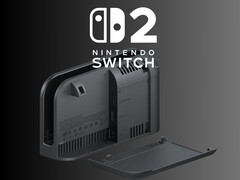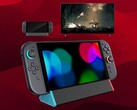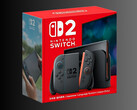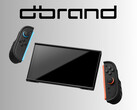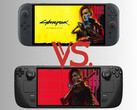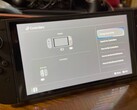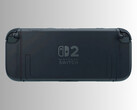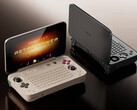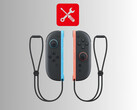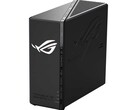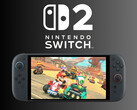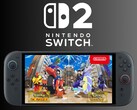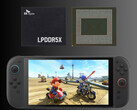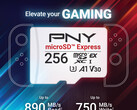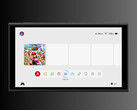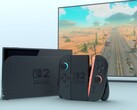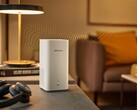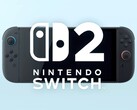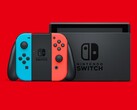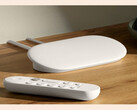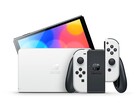Some Nintendo fans have no choice but to rely on spotty home WiFi networks. Switch 2 specs include a dock with a Gigabit Ethernet port, a significant upgrade from the original non-OLED handheld. Unfortunately, there are an increasing number of reports of these wired connections failing. After contacting Nintendo support, some agents revealed that the manufacturer is aware of the issue.
By default, in its internet settings, the console will look for wireless networks to connect to. To take advantage of the Ethernet port on the Switch 2 dock, gamers must choose the wired connection option. However, some users find that the handheld reverts to a wireless network. In certain instances, restarting the system resolves the problem. Other gamers remain frustrated even after completing common troubleshooting steps.
It's unclear whether the Ethernet port difficulties are software or hardware-related. Firmware updates could potentially provide a solution, but so far, they haven't had a positive impact. Other Switch 2 owners are blaming the rushed production of the console for defective components. Nintendo assembled an astounding number of handhelds in a short period of time to combat scalpers and tariffs.
Several affected gamers claim that the only resolution offered by Nintendo support is to send in the console and dock for repairs. The company often requests the entire system, even if only an accessory is defective. Another workaround is the use of a USB-to-Ethernet adapter.
As part of the Switch 2 specs, WiFi 6 isn't the latest technology. It's still faster than the wireless standard offered by the original Switch. Even so, it may not resolve the issue of dead spots in homes, which could necessitate assembling a costly mesh network. When an Ethernet cable is available near a TV, it's often the more reliable alternative.
With support for higher resolutions and refresh rates, the Switch 2 dock makes the handheld more suited for modern setups. Hopefully, Nintendo can soon unravel the mystery of misbehaving Ethernet ports.




